The Science Behind Mountain Formation
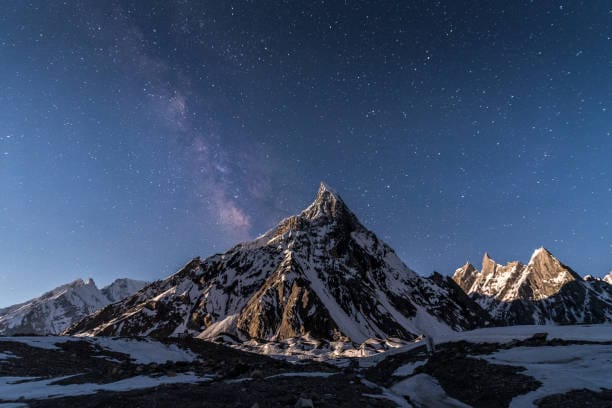
Mountains are some of the most awe-inspiring features on Earth. They stretch high into the sky, their peaks often covered in snow, and they're home to unique ecosystems, ancient rocks, and sometimes, even people who live in high-altitude villages. But have you ever wondered how they got there? How do these massive landforms actually form? The answer lies deep within the Earth's structure, in forces that shape our planet over millions of years.
To understand how mountains form, we first need to know a little about the Earth's layers. Imagine Earth as a multi-layered cake. The outermost layer, called the crust, is like the icing on this cake. Beneath the crust is the mantle, a hot, thick layer of semi-solid rock that flows slowly over time. Deepest of all is the core, which is made of iron and nickel and is incredibly hot.
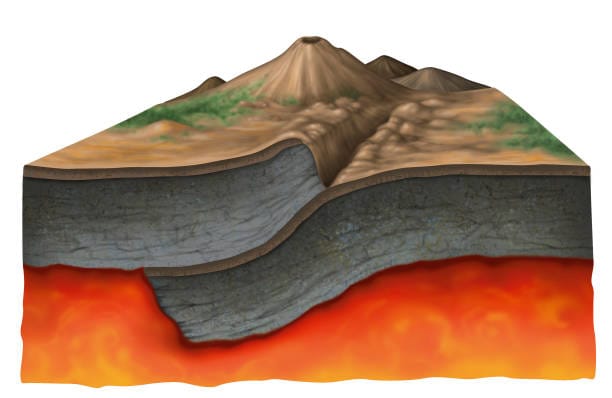
The Earth's crust is broken up into huge sections called tectonic plates. These plates are constantly moving, though very slowly. The movements of these plates are what lead to the formation of mountains. When two plates push against each other, the pressure can force the Earth's crust to fold, crack, or rise. The Earth's tectonic plates move only a few centimeters per year, but over millions of years, they create massive mountain ranges like the Alps and Rockies.
Fold Mountains
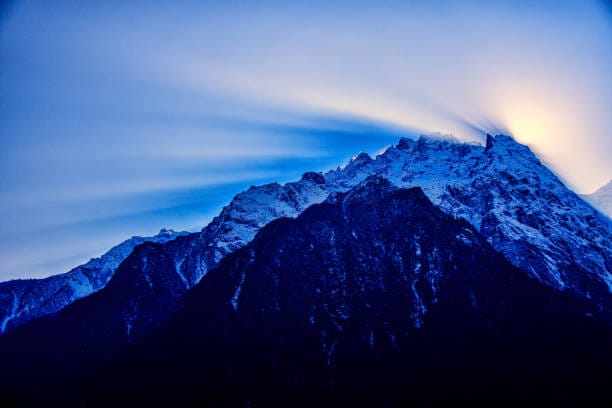
One of the most common types of mountains are called fold mountains. These form when two plates collide head-on, causing the rocks to bend and fold. Think of it like pressing two pieces of paper together-the paper crumples, creating folds and ridges. The Himalayas, which include Mount Everest (the tallest mountain on Earth) are a perfect example of fold mountains. These mountains were formed by the collision of the Indian Plat and the Eurasian Plate about 50 million years ago, and they're still growing taller today!
Fault-Block Mountains
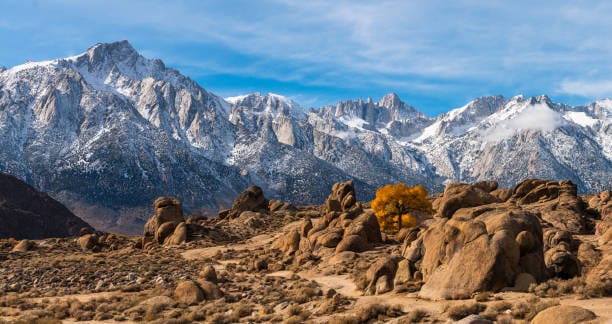
Sometimes, instead of folding, the Earth's crust breaks along cracks called faults. These cracks can cause large blocks of rock to either rise or sink. When huge sections of rock are lifted up along a fault, we get fault-block mountains. The Sierra Nevada mountain range in the U.S. is a famous example of fault-block mountains. These mountains are made of big, jagged blocks that rise sharply from the surrounding land.
Volcanic Mountains
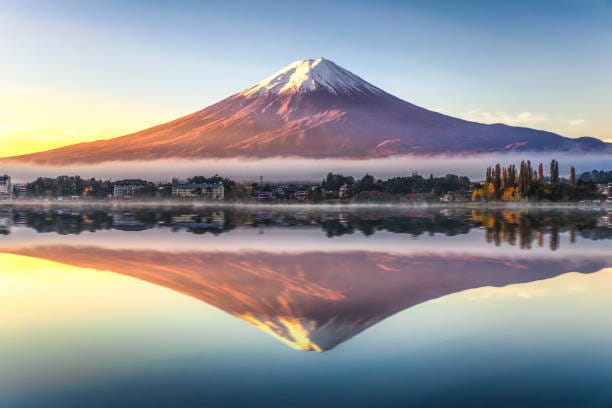
Mountains can also form as a result of volcanic activity. When magma from deep within the Earth escapes through cracks in the crust, it can build up over time, eventually forming a mountain. The Hawaiian Islands are a well-known example of volcanic mountains. These islands were created by volcanic eruptions on the ocean floor, and over thousands of years, the lava built up to create the islands we see today.
Even after mountains are formed, the process doesn't stop. Erosion, caused by wind, rain, and ice, constantly wears away at mountains, shaping them into new forms over time. That's why the oldest mountains, like the Appalachians in the eastern U.S., appear much more rounded and weathered than younger mountains like the Rockies or the Himalayas.
Mountains are always shifting and shaping themselves due to the moving tectonic plates, volcanoes, and erosion. Reminding us in a way that the strongest builds of our nature builds upon forces way beyond our power to comprehend.